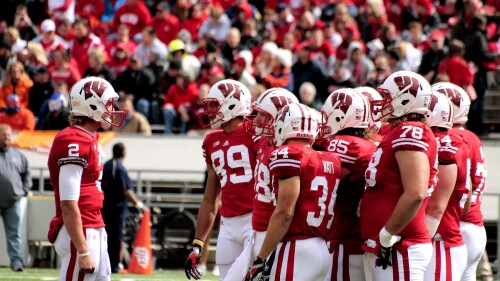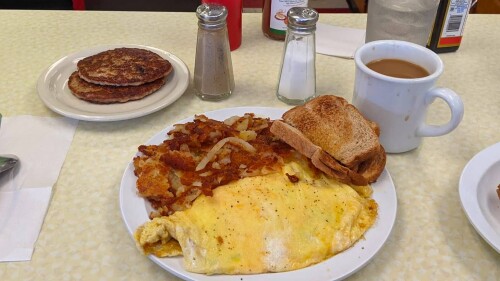Wisconsin is known for its dairy industry + is the largest producer of cranberries in the US, but did you know 95% of commercially grown ginseng is made right here in our backyard. In fact, former Gov. Walker declared the plant as Wisconsin’s state herb in 2017. How did the healing herb become so intertwined in Wisconsin agriculture?
What is ginseng: Ginseng is an herb native to several regions of the world. While there’s limited research on the healing properties of the herb, many claim it raises energy levels, lowers cholesterol + reduces stress. The root is typically chewed, taken in pill form, or used in teas. Harvest season starts in October and after a few weeks of refrigeration to alter the sugars, the herb is ready for consumption or preservation.
Why Wisconsin: Back in the 1870s, Wisconsin farmers were harvesting the herb for extra income. American ginseng grew well in the shady forests of the state. Domestication came around the early 1900s, and by 1919, Wisconsin was the leading US state in ginseng production.
The past century: Ginseng has continued to thrive in north-central Wisconsin. Marathon County — the main producer — is known for its cool climate and quality topsoil, which helps the herb grow + generates $40 million annually for the county. In 2017, 500 acres produced 1 million lbs. of ginseng — accounting for 98% of US production + 10% of the world’s supply.
Where to find it today: Much of Wisconsin’s ginseng is exported worldwide as the glacial soil has created a gold standard for the plant. In Madison, you can find the herb at:
- Chi World & Health, LLC | 1713 Commercial Ave.
- Willy Street Co-op | 3 locations in Madison
- Community Pharmacy | 2 locations in Madison












